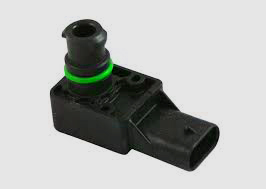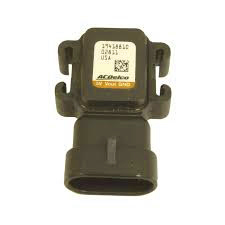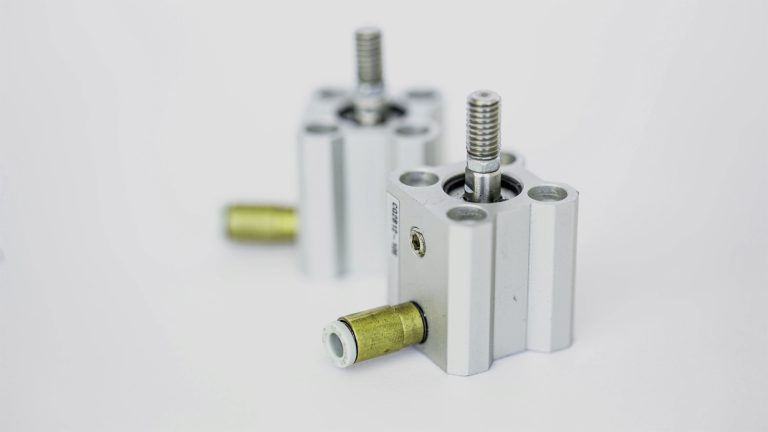How to Reset the Coolant Temperature Sensor: A Step-by-Step Guide
The coolant temperature sensor plays a vital role in the proper functioning of a vehicle’s engine cooling system. It provides crucial information about the coolant temperature to the engine control unit (ECU), allowing it to make necessary adjustments for optimal performance. However, there are instances where resetting the coolant temperature sensor becomes necessary.
In this article, we will explore the process of resetting the coolant temperature sensor and provide you with a step-by-step guide to ensure a successful reset.
Table of Contents
What is the Coolant Temperature Sensor?
Before delving into the reset process, let’s take a moment to understand the significance of the coolant temperature sensor. This sensor is responsible for monitoring the temperature of the engine coolant.
It relays this information to the ECU, which uses it to make decisions regarding fuel mixture, ignition timing, and other engine functions. By accurately measuring the coolant temperature, the sensor ensures that the engine operates within optimal parameters, promoting efficiency and performance.
Reasons to Reset the Coolant Temperature Sensor
There are a few common situations where resetting the coolant temperature sensor becomes necessary.
- One reason is when the sensor starts providing inaccurate readings, leading to issues such as incorrect temperature indications on the dashboard or improper engine performance.
- Another reason is when the sensor becomes “stuck” in a particular reading, causing the ECU to make incorrect adjustments.
Resetting the coolant temperature sensor can help address these issues and restore accurate readings.
Step-by-Step Guide: Resetting the Coolant Temperature Sensor:
Now, let’s dive into the step-by-step process of resetting the coolant temperature sensor. It’s important to note that the exact steps may vary depending on your vehicle make and model, so consult your vehicle’s manual for specific instructions. With that said, here is a general guide to follow:
Step 1: Safety precautions and preparation
Before beginning any work on your vehicle, ensure that the engine is cool and turned off. Park the vehicle on a level surface and engage the parking brake for added safety.
Gather the necessary tools, which may include a wrench or socket set, and any additional materials required for the reset process.
Step 2: Locating the coolant temperature sensor
Refer to your vehicle’s manual to locate the coolant temperature sensor. In most vehicles, it is situated near the engine’s intake manifold or cylinder head.
Take note of its position and ensure you have clear access to the sensor.
Step 3: Disconnecting the sensor
Using the appropriate tool, carefully disconnect the electrical connector attached to the coolant temperature sensor.
Take care not to damage the connector or wiring during this process. Some sensors may have a retaining clip or lock mechanism that needs to be released before disconnecting.
Step 4: Waiting for the system to reset
With the coolant temperature sensor disconnected, allow the system to reset. This usually involves waiting for a specific period, typically a few minutes, to ensure any residual charge is dissipated from the system.
This waiting period allows the ECU to reset and clear any stored error codes related to the coolant temperature sensor.
Step 5: Reconnecting the coolant temperature sensor
After waiting, reconnect the electrical connector to the coolant temperature sensor.
Ensure a secure connection is established and any retaining clips or locks are properly engaged. Double-check the wiring to ensure it is not pinched or damaged in any way.
Step 6: Verifying the reset
Start the engine and monitor the coolant temperature gauge on the dashboard. Observe any changes in the readings and ensure they reflect the actual temperature of the coolant.
Take note of any improvements or abnormalities, as this information can be helpful in diagnosing further issues.
How to bypass the coolant temp sensor?
If the coolant temperature sensor is faulty, it should be replaced. You can bypass the sensor temporarily as a troubleshooting step, but it should not be a permanent solution.
If you do decide to bypass the coolant temperature sensor, here are the steps involved:
- Disconnect the negative terminal of the battery to avoid any electrical hazards.
- Locate the coolant temperature sensor. It is usually located near the thermostat housing or on the engine block.
- Disconnect the electrical connector from the sensor.
- Connect a jumper wire between the two terminals of the connector.
- Reconnect the negative terminal of the battery.
The coolant temperature sensor will now be bypassed. However, it is important to note that this is a temporary solution and the sensor should be replaced as soon as possible.
Here are some of the things that can happen if you bypass a coolant temperature sensor:
- The engine may overheat.
- The engine may not start.
- The engine may run rough.
- The check engine light may come on.
If you experience any of these problems after bypassing the coolant temperature sensor, you should have the sensor replaced as soon as possible.
Additional Tips and Considerations
While the steps outlined above provide a general guide to resetting the coolant temperature sensor, it’s important to consult your vehicle’s manual for precise instructions that apply to your specific make and model.
If you are unsure or uncomfortable performing the reset yourself, it’s always recommended to seek professional assistance. Additionally, regular maintenance of your vehicle’s cooling system, including checking coolant levels and inspecting the sensor for any signs of damage, can help prevent issues and ensure optimal sensor performance.
Conclusion
The coolant temperature sensor plays a crucial role in maintaining the proper functioning of a vehicle’s engine cooling system. Resetting the coolant temperature sensor can often provide a solution when faced with inaccurate readings or performance issues.
Following the step-by-step guide outlined in this article and consulting your vehicle’s manual for specific instructions, you can successfully reset the sensor and restore accurate temperature readings. Remember to prioritize regular maintenance to ensure the longevity and efficiency of your vehicle’s cooling system.






One Comment